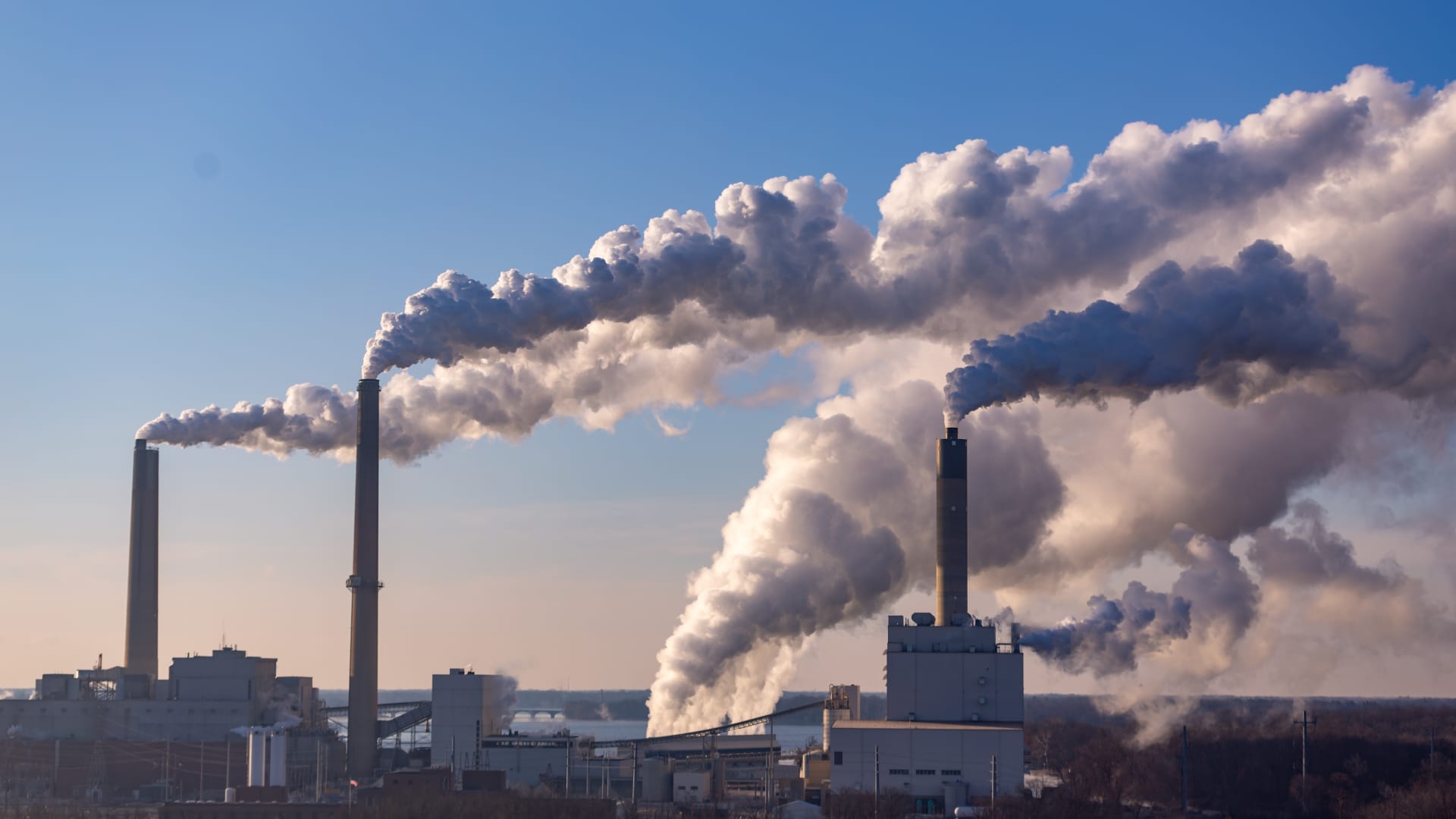Stellantis & CATL’s New JV Will Invest Up To €4B To Build Large-Scale LFP Battery Plant In Spain


Sign up for daily news updates from CleanTechnica on email. Or follow us on Google News!
Stellantis and CATL recently announced a strategic agreement for a joint venture that could see up to €4.1 billion invested in the construction of a large-scale European lithium iron phosphate battery plant. The facility, which they say will be constructed in multiple phases in Zaragoza, Spain, is intended to eventually be fully carbon neutral, and the companies expect production to begin there by the end of 2026.
Depending on the growth curve of the electric vehicle market in Europe, among other factors, the new lithium iron phosphate (LFP) battery plant could eventually reach a production capacity of up to 50 GWh per year. This would enable Stellantis to deliver more of its affordable, reliable, and high quality battery-electric vehicles — specifically its crossovers, SUVs, and other intermediate range models — in Europe in support of its Dare Forward 2030 plan.
The 50/50 JV grew out of a non-binding memorandum of understanding signed by the two companies late last year, which was intended to establish a local supply chain for LFP cells and packs for European EV production. The MOU was also the beginning of what is expected to be a long-time collaboration to strengthen the battery supply chain and to develop “an ambitious technology roadmap” that can support the production of Stellantis’ next-gen models of battery-electric vehicles.
“Stellantis is committed to a decarbonized future, embracing all available advanced battery technologies to bring competitive electric vehicle products to our customers. This important joint venture with our partner CATL will bring innovative battery production to a manufacturing site that is already a leader in clean and renewable energy, helping drive a 360-degree sustainable approach.” — Stellantis Chairman John Elkann
Adding to CATL’s existing presence in Europe, which includes two European battery plants already in operation in Germany and Hungary, this new facility in Spain will strengthen the company’s ability to bring its state-of-the-art battery manufacturing technology to bear in growing and advancing electric mobility in both Europe and the global market.
“The joint venture has taken our cooperation with Stellantis to new heights, and I believe our cutting-edge battery technology and outstanding operation knowhow combined with Stellantis’ decades-long experience in running business locally in Zaragoza will ensure a major success story in the industry. CATL’s goal is to make zero-carbon technology accessible across the globe, and we look forward to cooperating with our partners globally through more innovative cooperation models.” — Robin Zeng, CATL Chairman and CEO
Stellantis says its dual-chemistry battery strategy — which employs both lithium-ion nickel manganese cobalt (NMC) and LFP batteries to power its existing EV models — allows the company “to serve all customers” as well as continue exploring “innovative battery cell and pack technologies” that could end up powering some or all of its electric vehicles in the future.

Chip in a few dollars a month to help support independent cleantech coverage that helps to accelerate the cleantech revolution!
Have a tip for CleanTechnica? Want to advertise? Want to suggest a guest for our CleanTech Talk podcast? Contact us here.
Sign up for our daily newsletter for 15 new cleantech stories a day. Or sign up for our weekly one if daily is too frequent.
CleanTechnica uses affiliate links. See our policy here.
CleanTechnica’s Comment Policy
This post has been syndicated from a third-party source. View the original article here.




